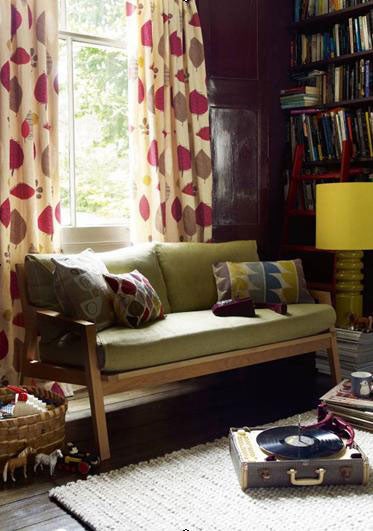The Independent's journalism is supported by our readers. When you purchase through links on our site, we may earn commission.
Spot the pattern in boom and bust

Your support helps us to tell the story
From reproductive rights to climate change to Big Tech, The Independent is on the ground when the story is developing. Whether it's investigating the financials of Elon Musk's pro-Trump PAC or producing our latest documentary, 'The A Word', which shines a light on the American women fighting for reproductive rights, we know how important it is to parse out the facts from the messaging.
At such a critical moment in US history, we need reporters on the ground. Your donation allows us to keep sending journalists to speak to both sides of the story.
The Independent is trusted by Americans across the entire political spectrum. And unlike many other quality news outlets, we choose not to lock Americans out of our reporting and analysis with paywalls. We believe quality journalism should be available to everyone, paid for by those who can afford it.
Your support makes all the difference.No clutter, no colour. It sounds depressing, but as little as three years ago minimalism was all the rage. Every glossy magazine was selling the look, complete with sharp corners, stainless steel surfaces and shades of black, white and grey. Sleek, unfussy and stylish were the buzz words and, for a while there, the bachelor pad-look seemed quite achievable.
Search for the perfect furniture with The Independent house and home database, powered by mydeco.
Then recession struck. We crossed off the hot holidays, stopped eating out, cancelled the cleaner and, before you could say global economic collapse, we found ourselves sitting at home a lot more. All of a sudden, minimalism didn't look so rosy – it looked grey: not very welcoming, not very cheerful and completely impractical.
But, if boom times meant that our interiors were pared down, muted and serious; bust has pushed things the other way. Today, everything from our blinds and bed throws to our tea towels and coffee mugs are getting the colour treatment, with print and pattern leading the charge in a bid to cheer homeowners out of recession.
"Following a decade of neutral tones, plain minimal design and 'playing safe' in interiors, the emergence of pattern and colour has thrusted back onto the design scene," says Steve Love of Camillin Denny Interiors, who draws parallels with textile designers working in the depressed 1950s. "Much as Lucienne Day and other contemporaries created bold patterned textiles to excite and invigorate a post-war Britain, designers are doing much the same today to overcome the dreariness of a recession-obsessed Britain," he says.
The renewed love for print and pattern amongst homeowners today has seen top retailers re-launch textile collections of some 50 or 60 years ago, while paying homage to the great designers of that period. Recently, in celebration of its 200th anniversary, Heals, a long champion of textile designers, launched its ReDiscovers series, showcasing, amongst other things, some original 1960s designs by textile designers Barbara Brown and Lucienne Day.
Meanwhile, this Autumn sees John Lewis launch its Revival series, taking inspiration from the 1950s post war British design revolution and designers such as Terence Conran, Pat Albeck and Jacqueline Groag.
Today's textile designers find much inspiration in the past. Mary Crisp, a contemporary textile designer for Heals says of its archive: "It's full of fabulous material. We used to be much more daring – the bold 40s and 50s designs of Lucienne Day are still so exciting." Meanwhile, Ella Doran, who has made her name using photographic pattern across textiles, wallpaper and homewares, reveals, "I probably look back as opposed to forward," citing Italian interior decorator, engraver and designer, Piero Fornisetti, and Finnish textile and clothing design company, Marimekko, as particular inspirations.
Fantastic print design is not a relic of the past, despite its influence on today's designers. Print & Pattern, the hugely successful blog which earlier this year was turned into a book, confirms that textile design in Britain and abroad is in rude health. Meanwhile, we as homeowners can’t get enough of it.
What is it that makes pattern so seductive? Textile designer Orla Kiely observes in her book, Pattern, out this September that, "just like listening to music or reading poetry, the order, the rhythm and the flow [of pattern] stimulates the creative inner person and somehow inspires." Britain might be bust, but design is, yet again, helping to keep us optimistic.
Emily Jenkinson is interiors writer for furniture and interior design website mydeco.com.
Join our commenting forum
Join thought-provoking conversations, follow other Independent readers and see their replies
Comments